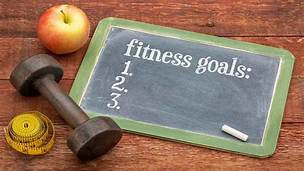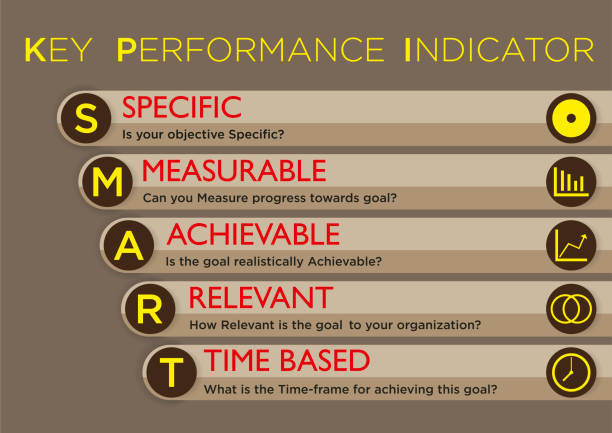THE BENEFITS OF GOAL SETTING
I personally can’t imagine achieving success in any venture without having a goal in mind. Without a goal, our efforts would be chaotic and unfocused. We would be depending on happenstance for a successful conclusion.
An apt contrast would be a hummingbird vs. a hawk, erratic motion vs. swooping down for prey with total focus.
I have met tennis players who said that they were not “serious”, that they were only “playing for fun”. This seems entirely reasonable on the surface, but I didn’t understand exactly what it meant. My concept of fun tennis was to advance my game and become a better player. It was fun to win matches, not much fun to lose. I can relate to doing something for exercise only, but did not see the point of playing a sport with no interest in doing it more effectively. To each his/her own.
Without goals, it would be difficult to measure progress or to stay motivated. How would we know when we had reached a “finish line” or attained a desired end?
Pablo Picasso said “Only put off to tomorrow what you are willing to die having left undone”.
In my experience, long term goals have not been especially meaningful. I can easily relate to someone setting New Year’s resolutions only to forget them before February. Also, I don’t understand someone who in October or November intends to set resolutions on January 1 of the upcoming new year. Why wait until then? And why begin on any specific date in the future?

SMART GOALS
S. M.A.R.T. is an acronym for goal setting. Goals must be specific, measurable, achievable, relevant and time-bound. A goal of “I want to lose some weight this year” does not bode well for success.
Here is the acronym:
- SPECIFIC – we need to know how to determine success or failure by a designated value. For example, we might set a goal of working out for 30 minutes 3 times per week for 6 weeks. We then will know if we did or didn’t achieve that objective after one week and for the remaining five weeks.
- MEASURABLE – we need to put a number on our goals. “Losing a pound this week” seems easy enough and can be checked by weighing at the end of the week. To me, this makes more sense than “losing 10 pounds in the next 6 months”. I am personally energized by completing a simple goal and then setting another one.
- ACHIEVABLE – “bench pressing 300 pounds by next month” may make sense for someone doing some level of power lifting and now maxing out at 260 pounds. But not so for a beginner. We need to set goals that are not so easy as to give us an unsatisfactory conclusion, yet not so difficult as to insure failure.
- RELEVANT – we differ in what we consider important and in where we are on our path to a goal. A golfer may want to lower his handicap by 3 strokes. With high blood pressure, we may want to increase our aerobic activity to 30 minutes per day.
- TIME-BOUND – with no time set for goal completion, we are likely to lose our motivation. Long term goals, to be completed in a year or even in 6 months, are not as likely to be successful as one month or maybe 3 month goals. My preference, again, is to set a short term goal, achieve it and then reset it with the same or a greater challenge.

A FEW FITNESS GOALS TO CONSIDER
Most likely, fitness oriented people will have established goals, but a few suggestions for newcomers may be of interest. Here are some to consider:
- CARDIOVASCULAR – aim for 200 minutes per week of running, cycling, swimming or walking
- HYDRATION – drink half your bodyweight in ounces of water (daily)
- STRETCHING – to improve flexibility and range of motion, stretch lightly before a workout and stretch muscles used for about a minute post-workout
- H.I.I.T.- be sure to incorporate high intensity interval training into your workouts, to supplement long runs or walks
- STRENGTH – train all major muscle groups 2-3 times per week, with 1-2 sets of 10-12 reps
- EAT MORE VEGETABLES – eat dark, leafy green vegetables for nutrients and antioxidants
- REDUCE SUGAR – or, better still, eliminate it
- AIM FOR 10,000 STEPS PER DAY – get a fitness tracker to be sure
- SLEEP – get 7-9 hours of sleep at night

RESOURCES
From Amazon (as an Amazon affiliate, I may earn from qualifying purchases). Check these links and then scroll around for other choices:
- FitBit Inspire tracker
- FitBit Luxe health and wellness tracker
- New Me fitness journal
- Clever Fox fitness and workout journal
Options from other sources:
- FitTrack – monitor 17 internal body metrics by simply stepping on the Dara scale
- Garmin – high quality trackers and maps
- GOLI Nutrition – insure your nutrition needs with Goli gummies and bites
- Dick’s Sporting Goods – check the huge inventory of sporting goods equipment, with significant discounts
- Bullworker Fitness – high quality home workout tools, for isotonic and isometric movements
CONCLUDING
It seems that goal setting is a simple and well known means of access to any worthwhile conclusion. Still, I thought a review would be in order, especially since goals may often be set without the necessary planning to insure success.
My practice is to record daily workout sets and cardio minutes, along with morning weight and blood pressure / pulse readings. Then I enter my calorie expenditure with each meal and a final total. My activity is before me to view and change if necessary. The incentive for me is that I want to enter pleasing numbers every day.
My goal setting has never been effective when I tried long term objectives. Short term works for me, even daily goals. Also, I have done better with “small targets”. Instead of trying to lose 10 pounds of weight, I do better by setting calorie and exercise goals on a daily basis.
What I do may not be applicable to others, but it is at least a testimony to consider.
Please leave me any comments or questions in the “Comments” section below. Or email me, richard@myworkoutathome.com.
Be well and stay focused!